In the competitive market of teeth whiteners, ensuring product efficiency and aesthetic appeal is critical for customer satisfaction. Two key factors in achieving this are Teeth Whitener Light Control and Weld Line Removal. Proper light control ensures that the whitening process is both safe and effective, while eliminating weld lines enhances the product’s durability and visual appeal. In this blog, we will explore the significance of these two aspects and how manufacturers can optimize their teeth whitener designs for better performance and reliability.
Teeth whiteners often incorporate LED or UV light technology to accelerate the whitening process. However, the efficiency of these devices relies heavily on light control. If the emitted light is not evenly distributed, the whitening effect can be inconsistent, leading to unsatisfactory results.
To optimize Teeth Whitener Light Control, manufacturers must focus on:
By addressing these factors, teeth whiteners can deliver a more uniform and effective whitening experience to users.
One of the key challenges in Teeth Whitener Light Control is managing how light behaves within the device. Poorly designed internal surfaces can cause:
To overcome these issues, manufacturers can implement advanced light diffusion materials and internal reflective coatings. These improvements help direct light where it is needed most while preventing unintended side effects.
In plastic-molded components, weld lines appear where two molten plastic flows meet during the injection molding process. If not properly managed, these lines can weaken the product and create visible defects. In teeth whiteners, weld lines can be particularly problematic because they:
To maintain high-quality standards, manufacturers must implement solutions to reduce or eliminate weld lines during production.
Minimizing weld lines requires precise control over the injection molding process. Some of the best approaches include:
By integrating these techniques, manufacturers can enhance both the structural integrity and visual appeal of their teeth whitener products.
There is a direct connection between weld line removal and Teeth Whitener Light Control. If weld lines interfere with the light path, they can create unwanted shadows, reflections, or diffusion issues, leading to inconsistent whitening results.
By ensuring a smooth, seamless plastic surface, manufacturers can:
As technology advances, new solutions are emerging to further optimize teeth whitener performance. Some exciting innovations include:
These advancements will continue to push the boundaries of teeth whitener design, ensuring better performance, higher durability, and improved light control.
Optimizing Teeth Whitener Light Control and eliminating weld lines are two critical aspects of designing high-quality whitening devices. Effective light control ensures consistent and efficient whitening, while weld line removal improves both the structural integrity and aesthetic appeal of the product. By implementing advanced manufacturing techniques, material selection, and design optimizations, manufacturers can create teeth whiteners that not only deliver superior results but also enhance customer confidence and satisfaction.
As innovation continues, the future of teeth whitening technology will focus on smarter, more efficient, and aesthetically refined solutions—setting new standards in the industry.https://www.powsmart.com/about-powsmart/



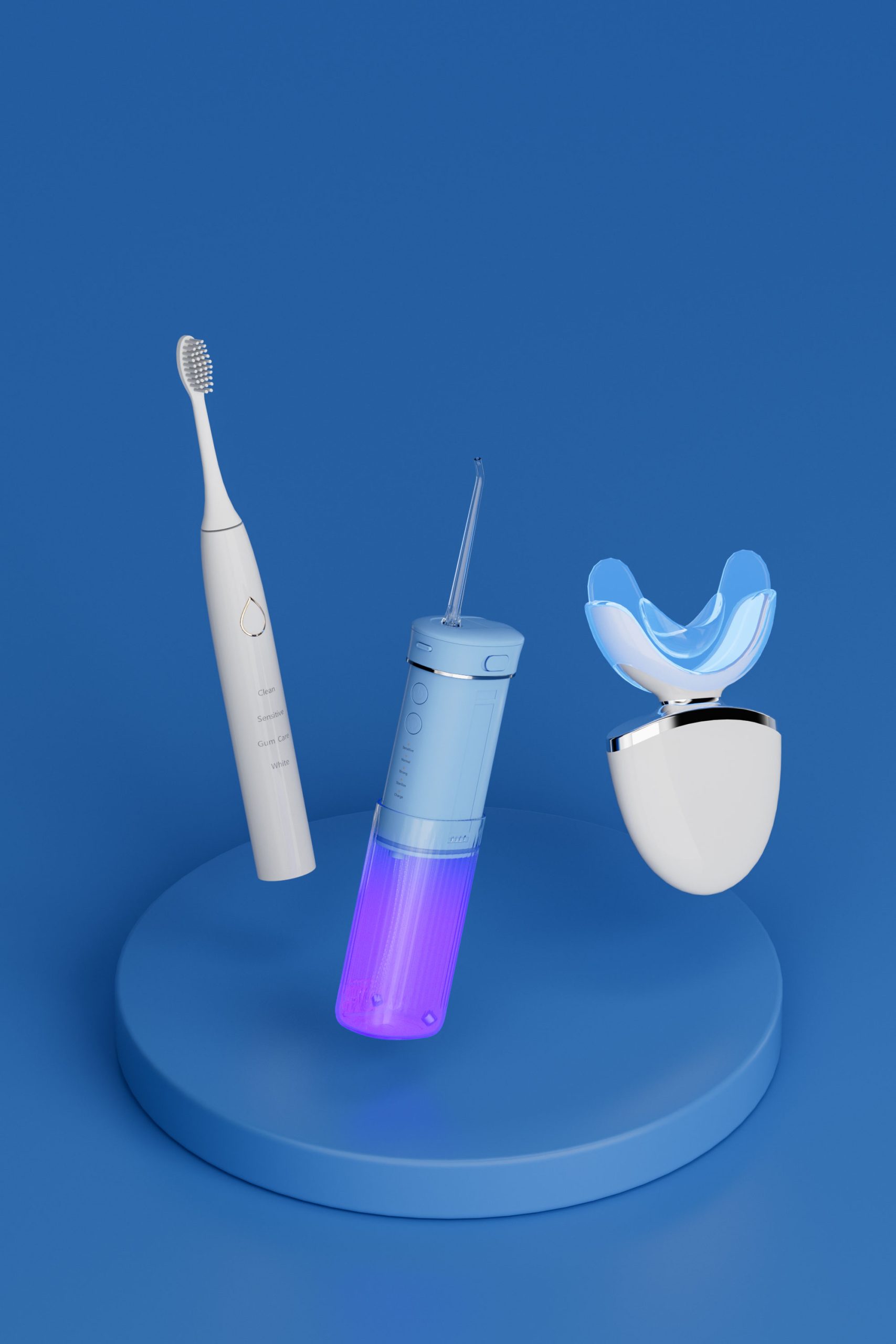
UVC Sterilization in Oral Care: A Guide for Water Flosser & Toothbrush OEMs
.jpg)
Navigating Electric Toothbrush Import Regulations?
Bridal Oral Care Kit | Wedding Smile Essentials

Bleeding Gums, Don’t Worry: Understanding Water Flossing Benefits

Can a Teeth Whitening Gel Factory Seamlessly Supply an LED Teeth Whitening Kit OEM?

How to Reduce the Failure Rate of Your Electric Toothbrush
Whitening Rebound with Gel Crystallization – Preventable?
Sonic Toothbrush Streamlined Production: Automated Assembly & Ultrasonic Welding Tech
.jpg)
How Do I Dispose of My Electric Toothbrush Battery? An OEM Compliance Guide
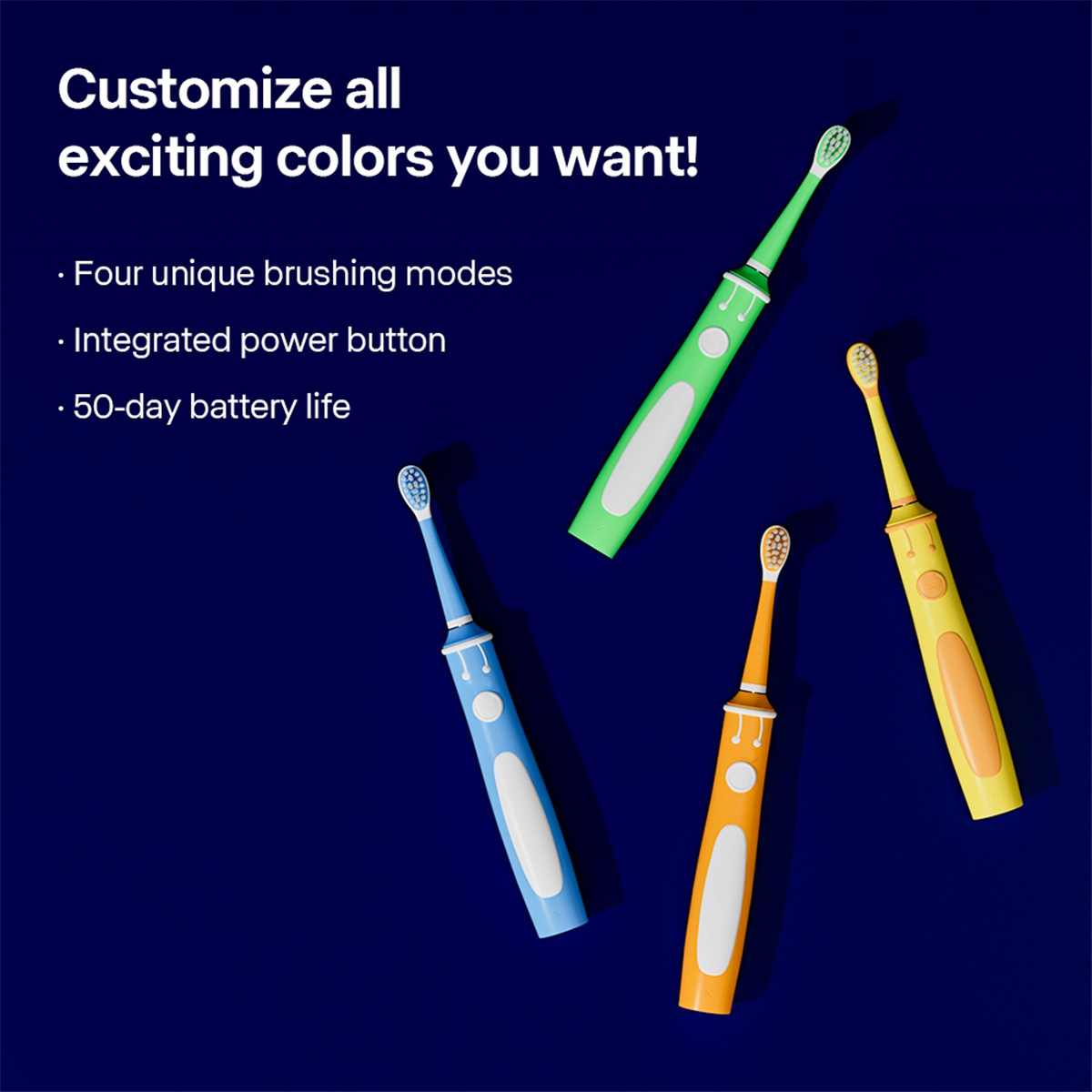
How do brands choose a good children’s electric toothbrush?
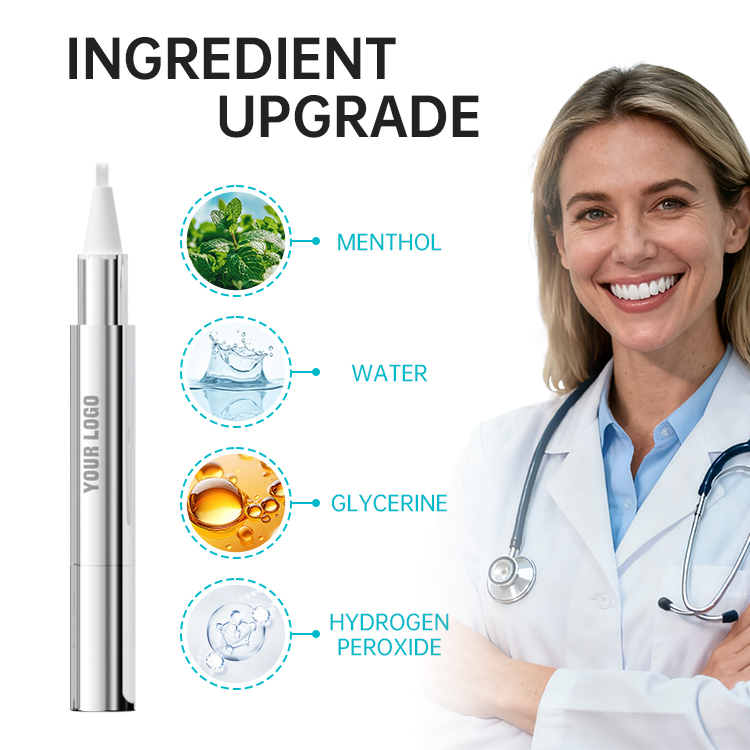
How Can I Remove Yellow Teeth at Home? OEM Teeth Whitening Solutions for Brands
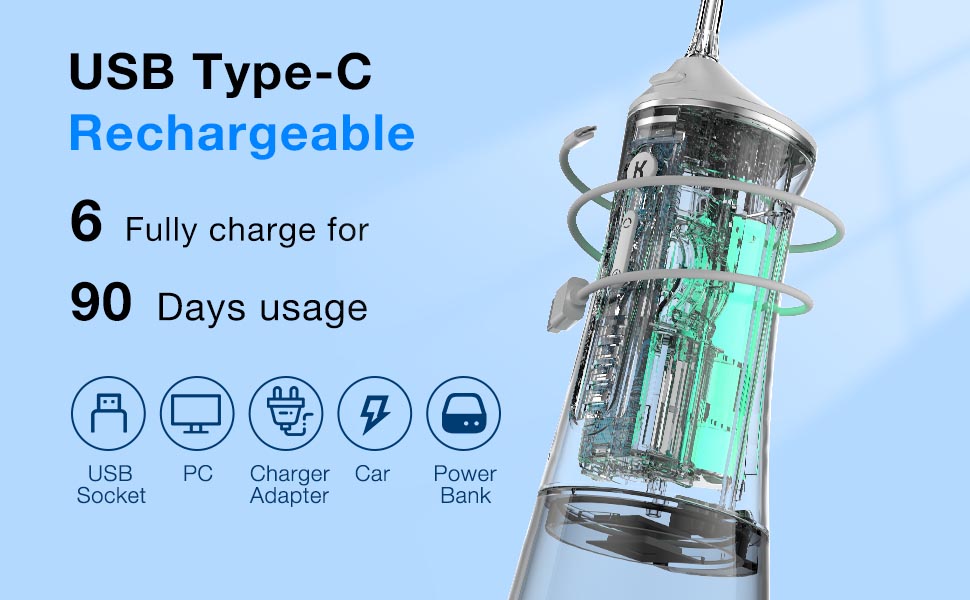
Can sensitive toothpaste reverse gum recession?

Can Bluetooth Toothbrushes Improve Brushing Accuracy?
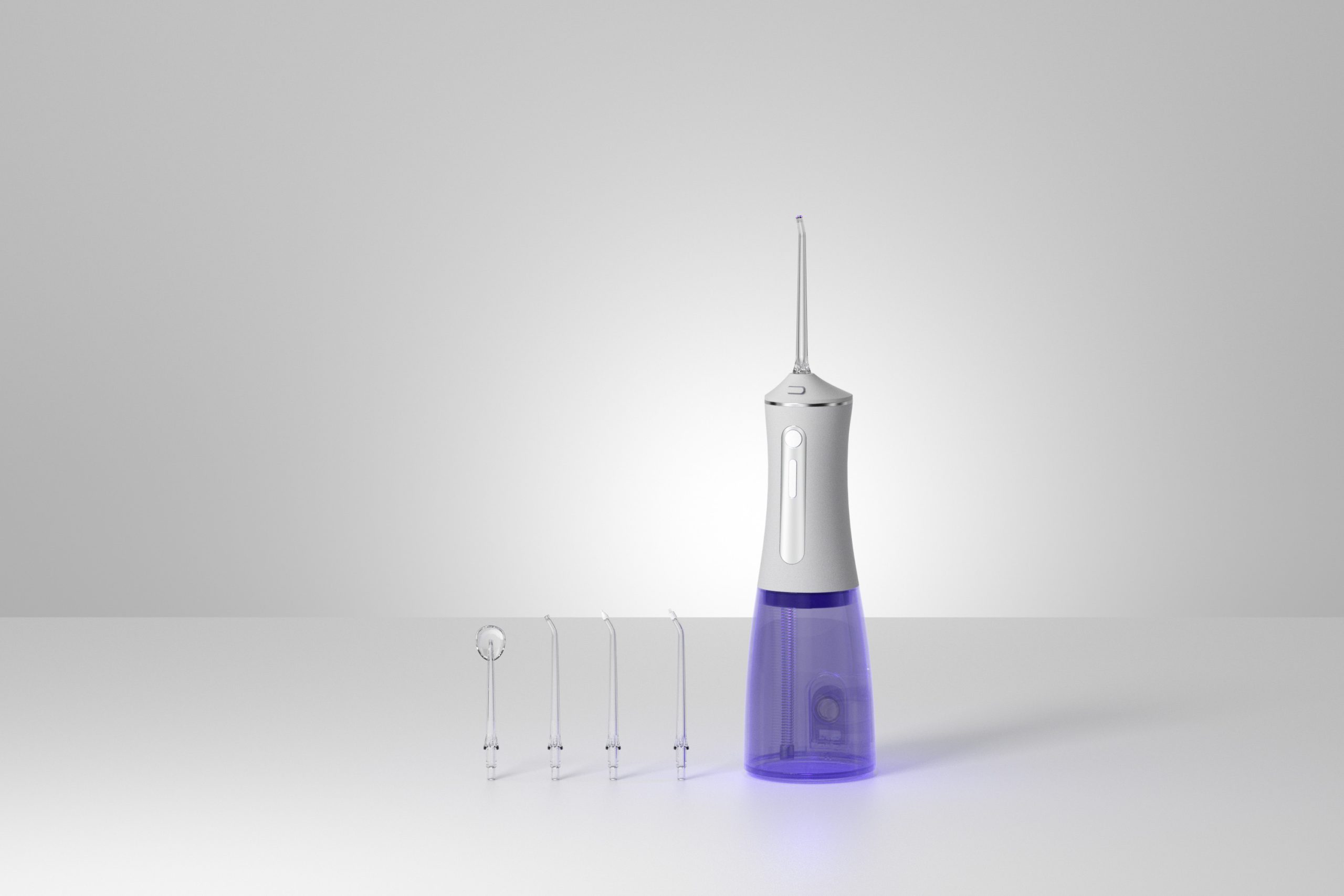
How to Pick the Right Water Flosser for Your Oral Health: Answers from an Oral Irrigator Manufacturer

What Should I Pay Attention to When Using a Teeth Whitening Device?
How Crown Compatibility Aligns with Pressure Sensors Tech?

electric toothbrush heads Ultra Soft

Private Label Whitening Gel

electric toothbrush heads Regular Clean
.jpg)
Florida Electric Toothbrush – Powsmart PTR-C8

Customization Teeth Whitening Gel

electric toothbrush heads Charcoal Infuse-Round

Electric toothbrush heads Charcoal Infused-Diamond

electric toothbrush heads Deep Clean
whstapp
whstapp
National Toll-Free Service Hotline
+86 755 86238638